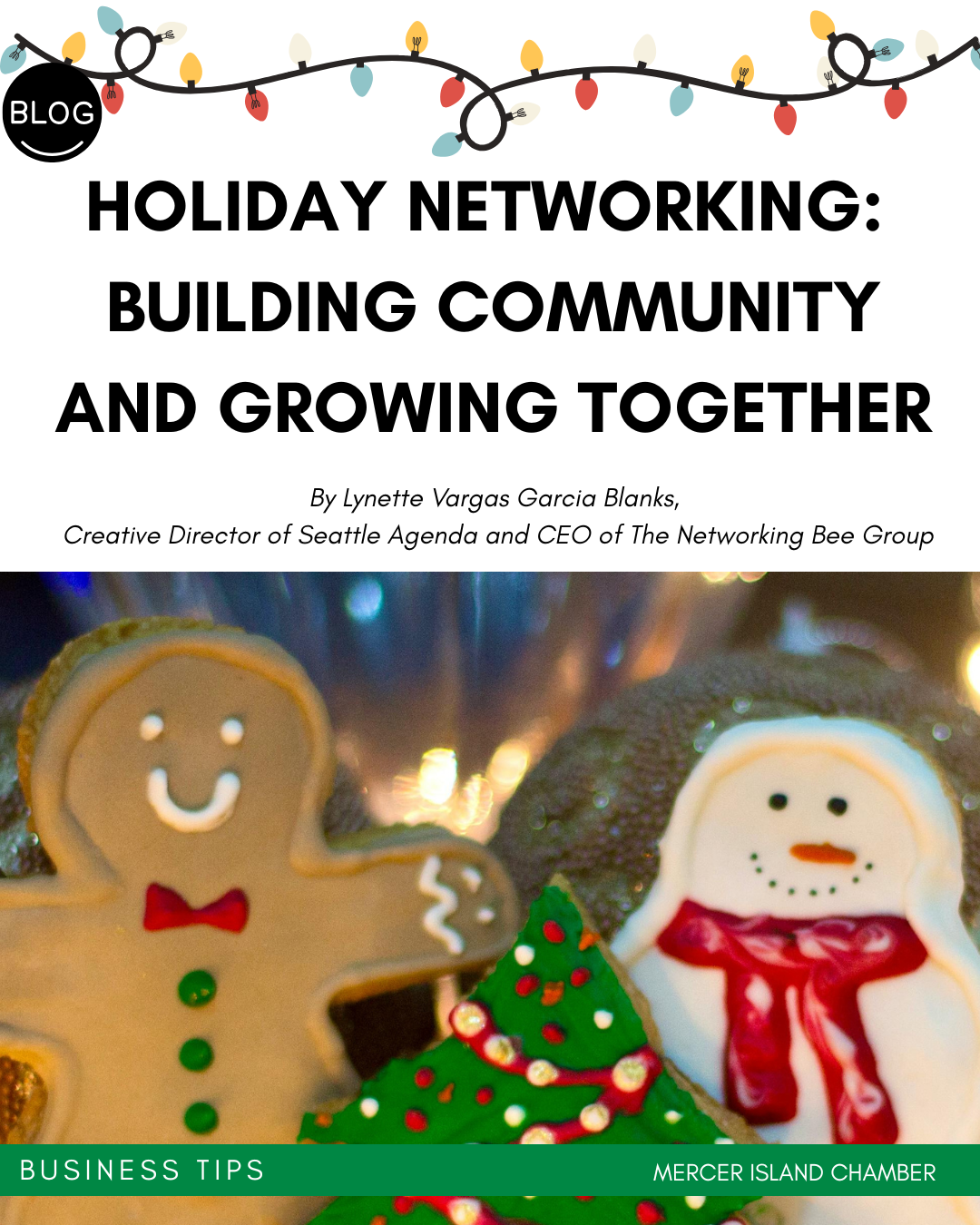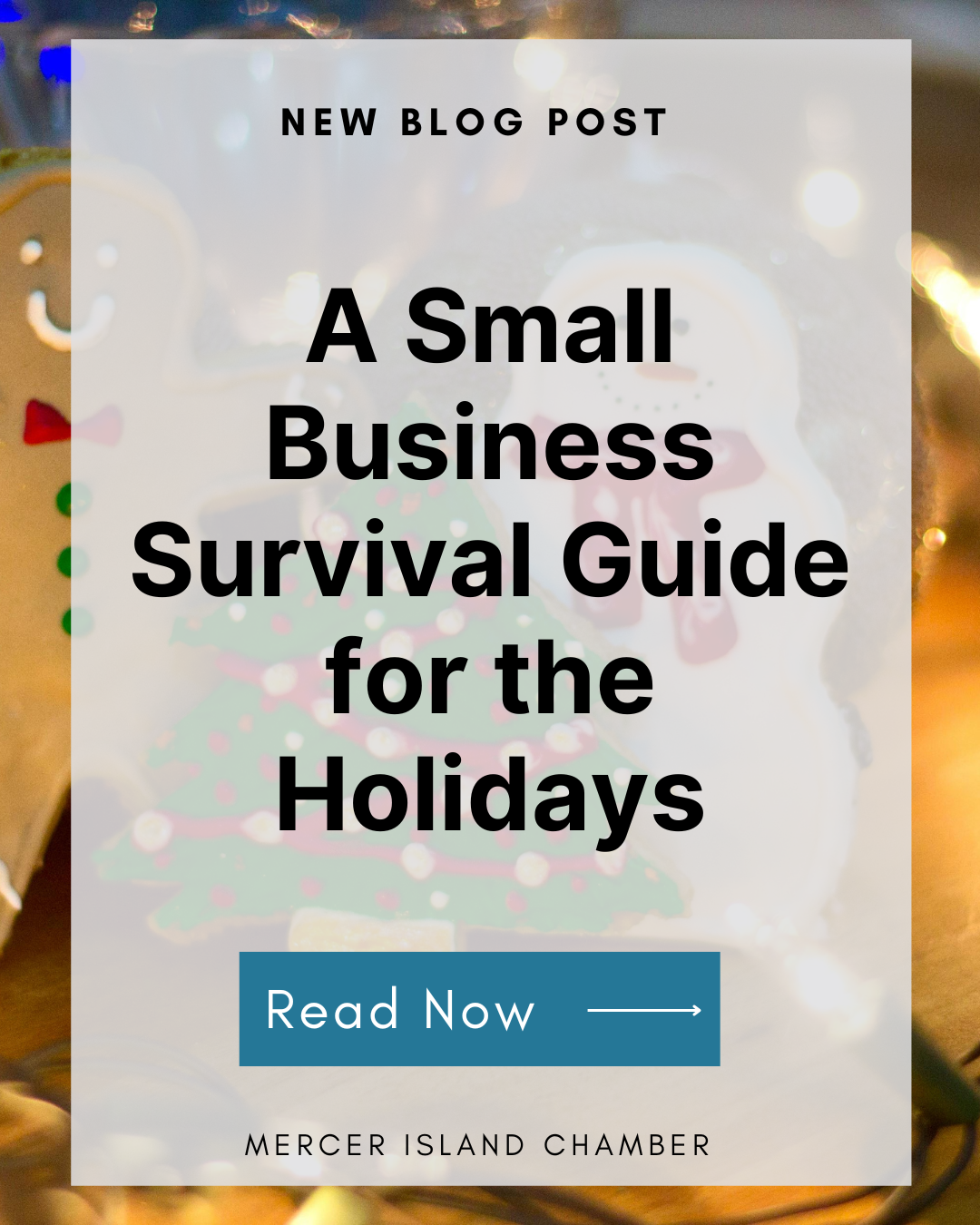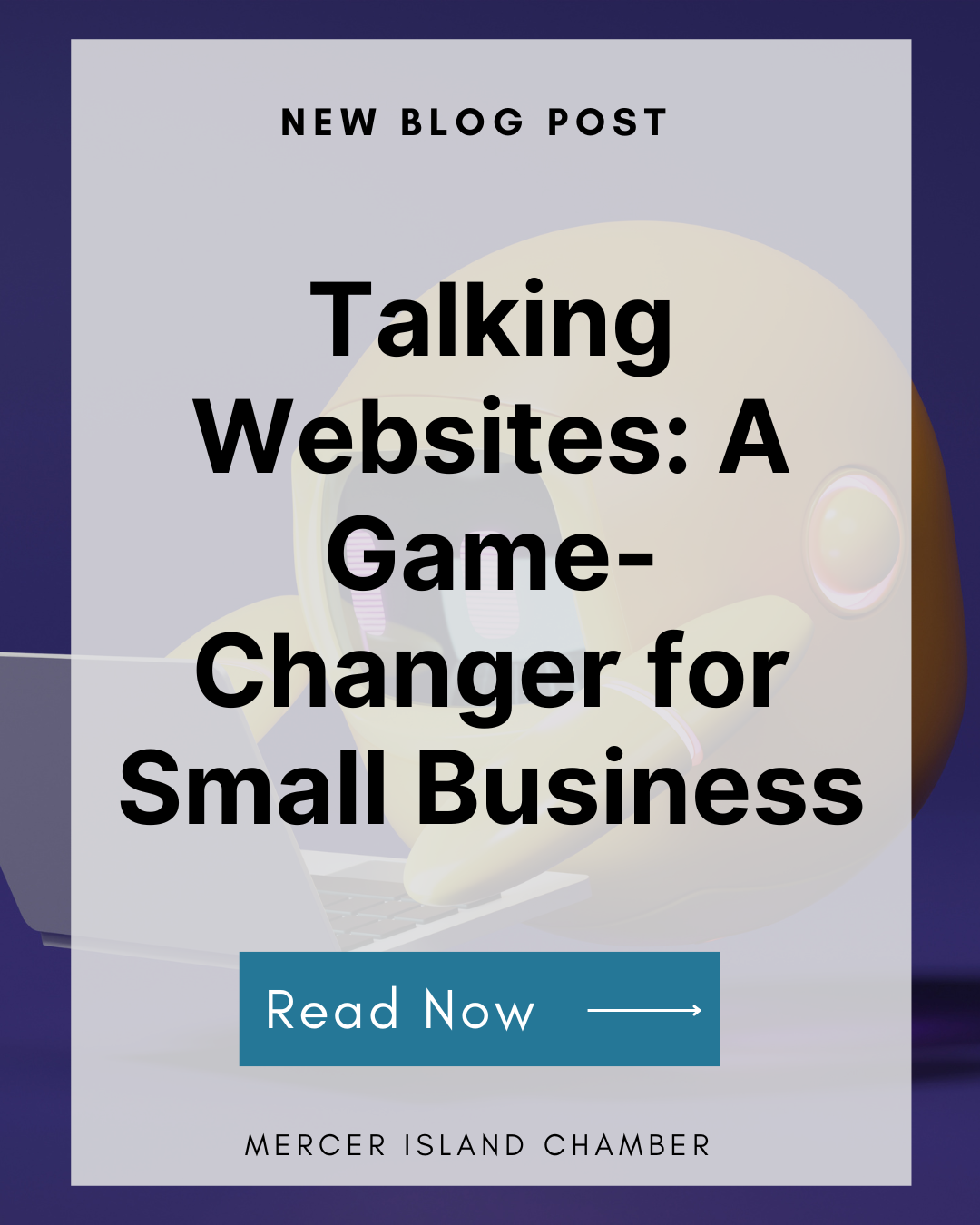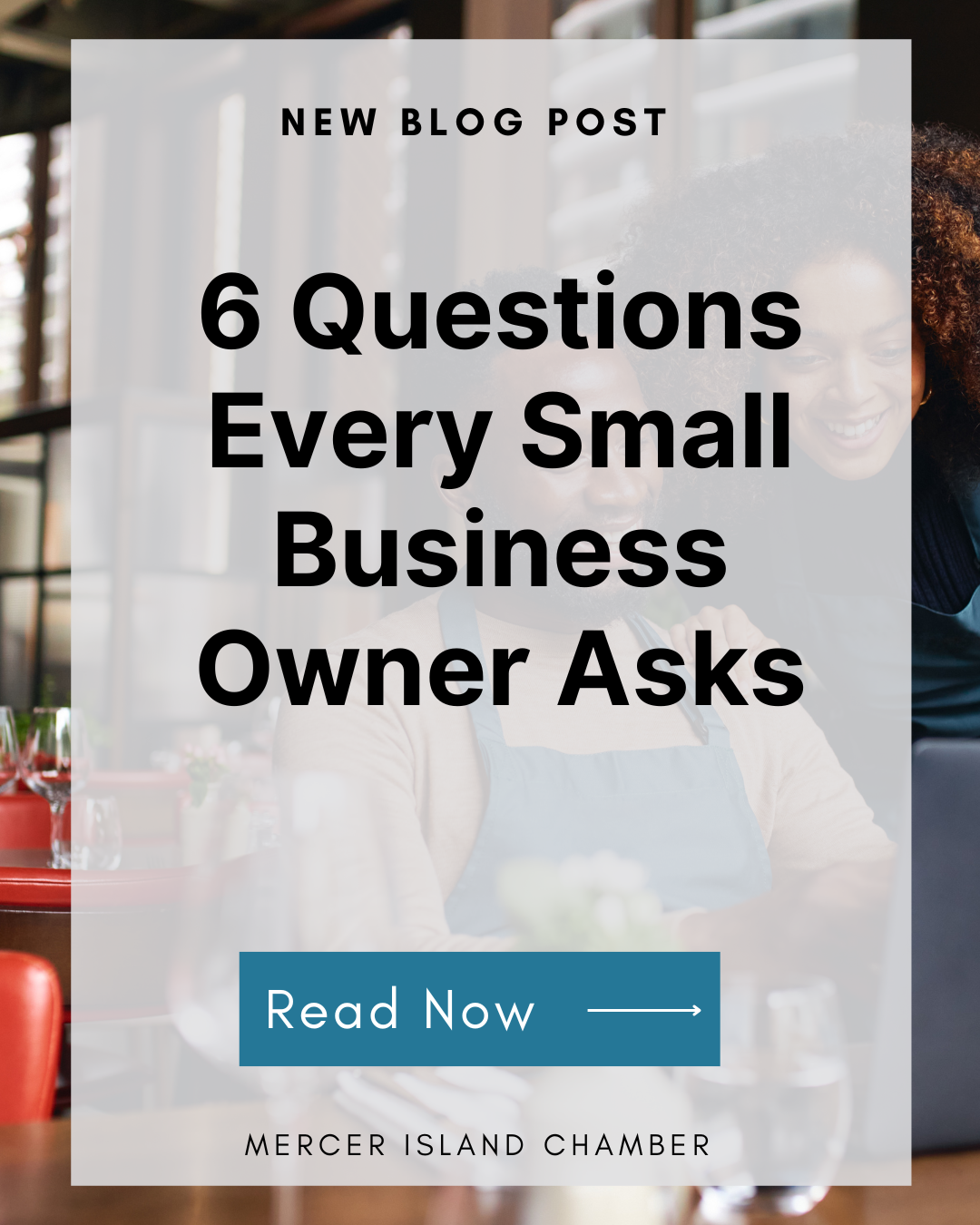A Solid Tip for Getting More Bang for Your Marketing Buck

Do you have a limited marketing budget? Do you think what you can accomplish with your budget is less than ideal because you don’t have the money of a large company? While that may seem true, there is one thing you can do to really move the dial and maximize your small marketing budget. Sure, there are many ways to get “free” marketing through social media and growing your referral network but using funds in a targeted way can have a huge impact on obtaining more customers and showing the community who you are.
What is Niche Marketing?
Niche marketing is the process of targeting a specific group of people with your marketing messages. This audience should be united by a common interest or need. By targeting a niche, you can focus your marketing efforts and resources on a smaller group of people, which can be more effective and cost-effective than trying to reach a broad audience.
It may seem contradictory to spend all of your money in one area but when your niche is well-researched and you know your product or service provides great value to that niche, you are positioning yourself for the richest returns on your marketing dollars.
Benefits of Niche Marketing
There are several benefits to niche marketing for small businesses, including:
● Increased effectiveness: When you target a niche, you can tailor your marketing messages to the specific needs and interests of your target audience. This makes your marketing more effective and likely to generate results.
● Reduced costs: Niche marketing can help you reduce your marketing costs by focusing your resources on a smaller group of people. This means you can spend less money on marketing and still get the same results, while personalizing your attention in a more effective way.
● Increased brand awareness: When you consistently appear in front of your target niche, you will start to build brand awareness. This means that people will become more familiar with your brand and more likely to consider doing business with you. By concentrating your efforts on a particular group, your product or service can become known to the group as "the" item or service--such as the runner’s shoe or the emergency plumber.
● Stronger customer relationships: Niche marketing allows you to develop stronger relationships with your customers. This is because you can focus on their specific needs and interests and speak just to them.
● Additional revenue. Customers will often pay more if they think you understand their needs and desires better than anyone else. Just look at all of the doggie daycare businesses out there.
Examples of Effective Niche Marketing
Here are a few examples of niche marketing:
Atticus. This software company offers a book writing and formatting platform for writers that targets indie writers. That doesn’t mean that a traditionally published author can’t use the product, but the indie needs more assistance in that area. Their content and messaging are directed to Indie authors.
Nike. When Nike started out, they were a running shoe. Their messaging targeted people who wanted a shoe that would help them maximize performance. They built a reputation on that and then moved into other areas.
Kirrin Finch. This LGBTQ clothing line served a need when they created clothes that worked for a more gender-fluid audience.
How to Target a Niche in Your Business
The first step to targeting a niche is to identify your ideal customer. Who are you trying to reach? What are their needs and interests? If you’ve been in business a while, look at who is your most loyal demographic and decide how you can better suit their needs. For instance, if you are a craft store and you notice 90% of your customers are painters, you could easily embrace this and switch most (if not all) of your marketing dollars toward speaking to that demographic.
Once you have identified your ideal customer, you can start to develop marketing messages that are tailored to their needs and interests.
Applying Your Marketing Dollars to Your Niche
Once you have identified your niche, you can start to apply your marketing dollars to that group. There are several ways to do this, including:
● Content marketing: Content marketing is all about value for your audience. You want to produce content to attract and engage your target market. Create content such as blog posts, articles, e-books, and infographics, with your audience’s needs and pain points in mind. Expand past the basics you want to teach your customers about your product. Educate, inspire, and entertain with things you know they will love. For instance, if you are a car wash that targets people who love their cars (they’ll pay extra if they think you will take care of their cars the way they would), you could create content about upcoming car shows, drive-in events, and car product reviews. In content marketing, the content shouldn’t all be about you and your product. But it should be about providing value to your customers.
● Social media marketing: Social media marketing uses social media platforms to connect with your target audience. You can use Facebook, Instagram, X, TikTok, and/or LinkedIn to share your content, run contests, and offer discounts. Which social media platforms you use depends on where your ideal customer is. Knowing this critical information can save you a lot of time from posting on ineffective platforms for reaching your demographic. For instance, if your target market is teens, don’t spend a lot of time on Facebook.
● Email marketing: You can use email marketing to send out newsletters, promotional offers, and other updates targeted to your audience and its needs.
● Paid advertising: Paid advertising can be a cost-effective way to reach your target audience quickly and easily. You can use paid advertising platforms such as Google AdWords and Facebook Ads to target your ads to people who are interested in your products or services. To save money and get a better return on your ad spend, be very specific about who you target.
● Chamber Sponsorships: Chamber sponsorships can provide a great return on your spend if their event reaches your target market. For instance, if your audience is business decision-makers, a chamber economic forecast event might be an ideal event to sponsor. Check with your chamber. They may have fun events you may not have considered like a dog stroll or field day. Often sponsorships are very affordable and provide a lot of local exposure.
A Final Word About Niche Marketing
Niche marketing is a great way for small businesses to achieve big success on a small marketing budget. By targeting a specific group of people with your marketing messages, you can increase your effectiveness, reduce your costs, increase brand awareness, and develop stronger customer relationships, not to mention make more money. But it’s important to do the research before selecting a niche. Done well, niche marketing will make your ideal customer feel heard, catered to, and valued. However, niche marketing is not a “one-and-done” activity. If you’re going to target an audience, you need to make a commitment to them and show them you understand—and can meet—their needs.
















